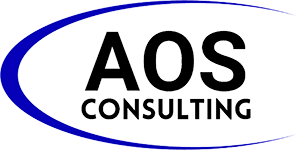Today is St. Patrick’s Day. Everybody is Irish for 24 hours and the color green is top of mind. Green Computing or sustainable computing is a way to use your IT Assets such as computers, printers, monitors, servers, routers and storage devices efficiently, effectively and with minimal impact on the environment.
Here are a few ideas to keep to practice green and sustainable computing:
Turn them off when you don’t use them. For desktops and laptops consider turning them off when you are done for the day. Leaving them on at night can increase power consumption. Besides, your PC could use a reboot now and then anyway. However, be sure you speak with your backup and network administrator about IT policies for systems maintenance. Your systems may have a daily backup scheduled after hours. In addition, software and operating system updates may occur after hours as well. Some “managed” desktops, laptops and servers are smart enough to power up for routine systems maintenance. Check your IT policies first to make sure it is OK to turn them off at night.
Buy Energy Star computer equipment. Energy Start is a low carbon IT campaign to help reduce energy consumed by computer equipment. When you buy new computers make sure they are Energy Star Compliant. If you have older equipment you may factor in power savings as part of your return on investment (ROI) for your new systems. Consider this, an Energy Star computer can save up to $50 annual in power. Not only to you save some “green” by buying Energy Star Computers, but, by minimizing your carbon footprint you are going green too.
Re-use and Recycle. Make sure to dispose of old computer equipment responsibly. Many component parts of a computer can by recycled or refurbished. Also, computers have plenty of raw materials that can be put back to use if your computer is properly disposed. However, be careful how you recycle your desktops, laptops and servers. Like a credit card, computers are full of confidential information and need to be disposed of properly. Hard drives should be wiped, or better yet, physically destroyed to ensure your data is no longer on the disk image. There are eWaste services that do this for you. Some communities organize eWaste days and coordinate the collection, disposal, re-use and recycling of obsolete computer equipment.
Every little bit helps and saves you money. Have a happy St. Patrick’s day and think “Green” about your computing.
